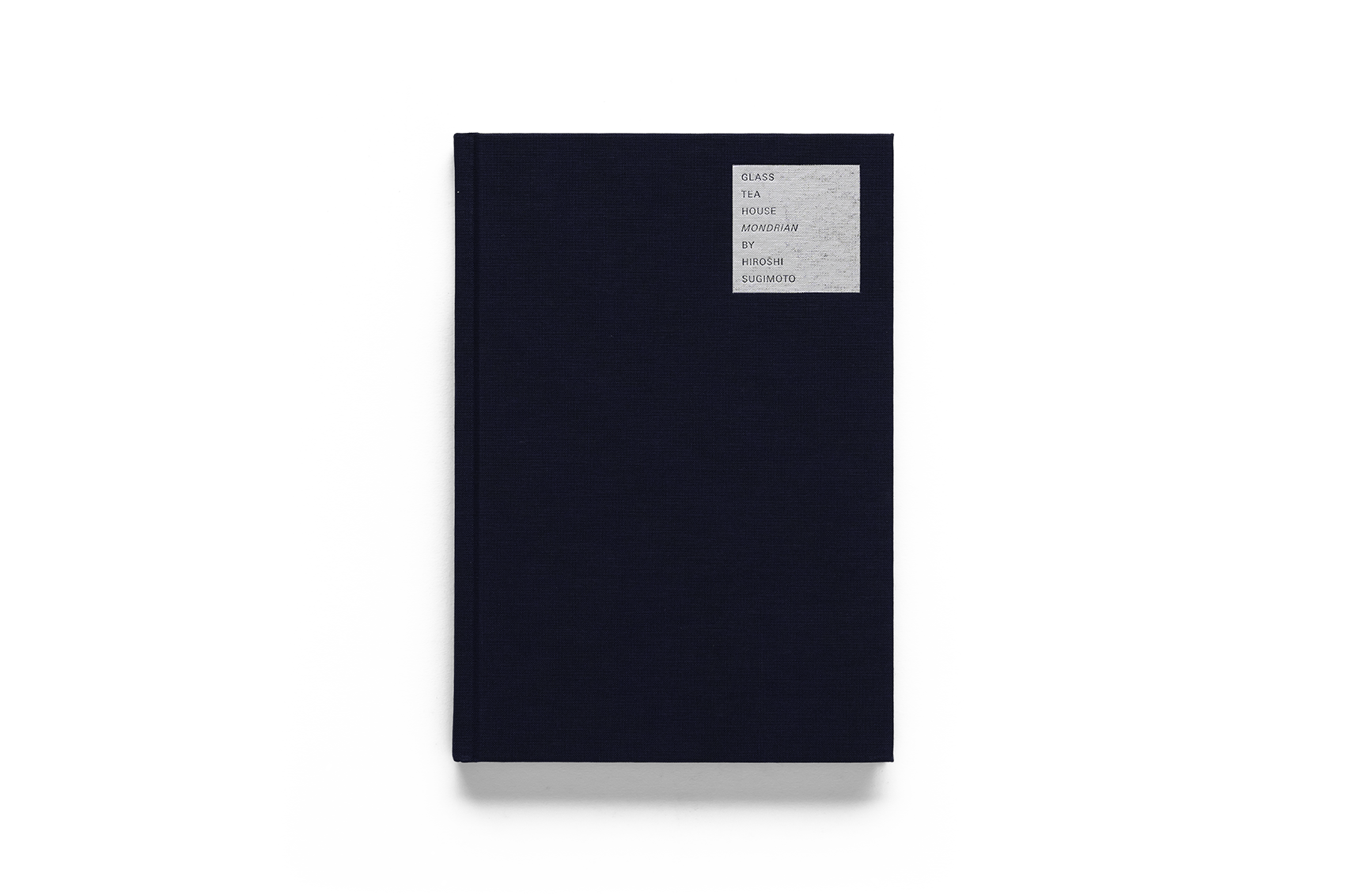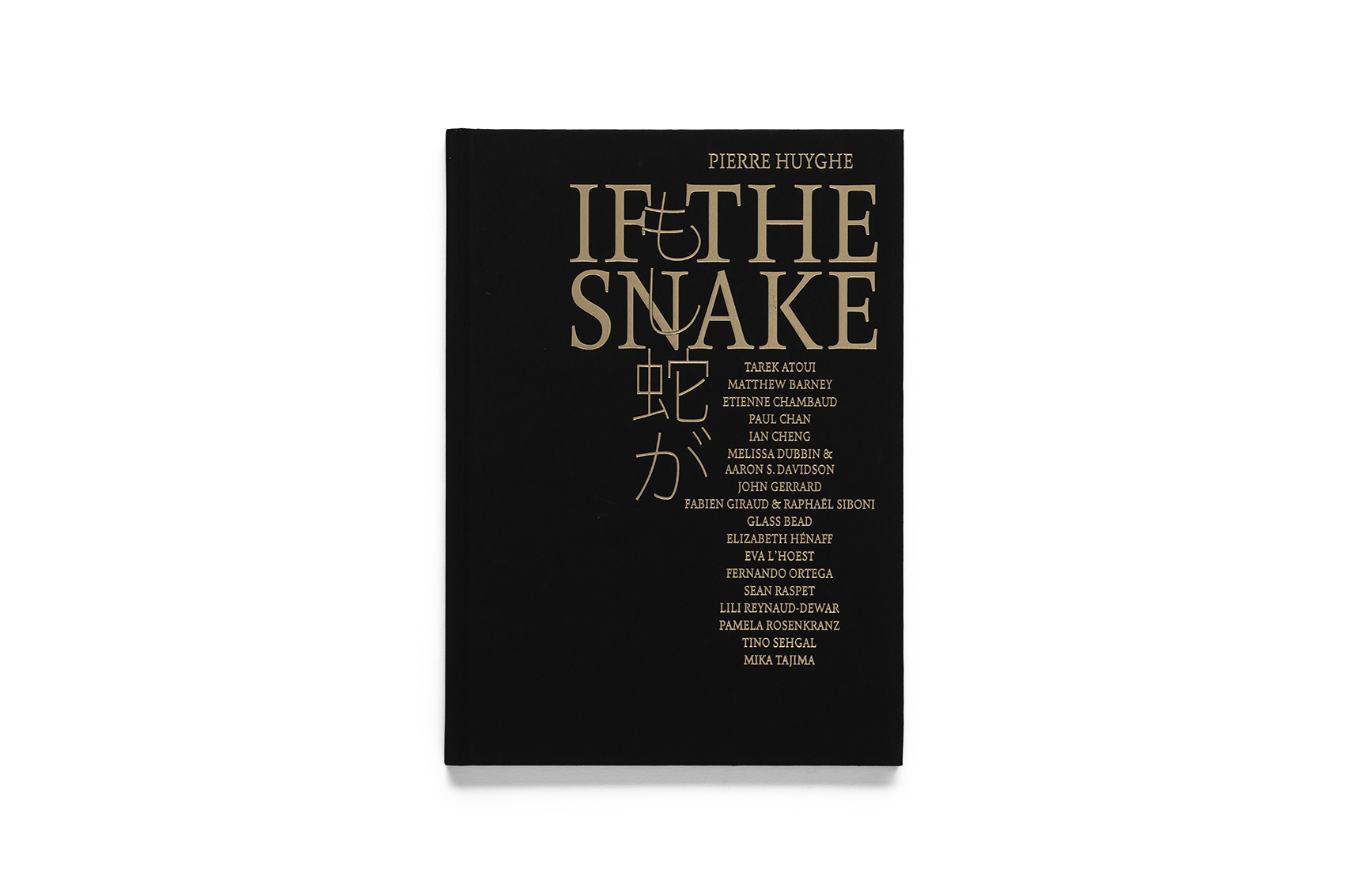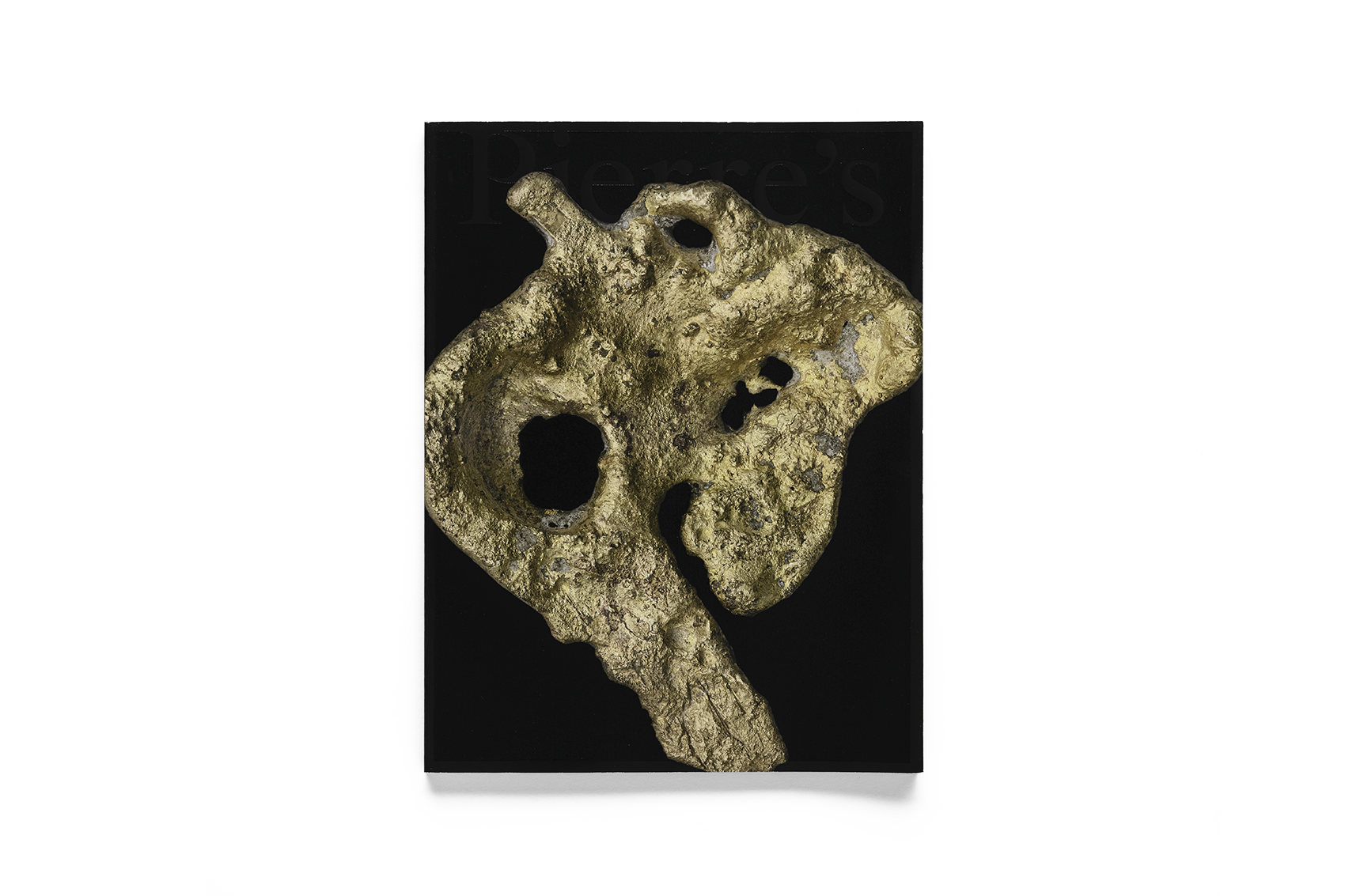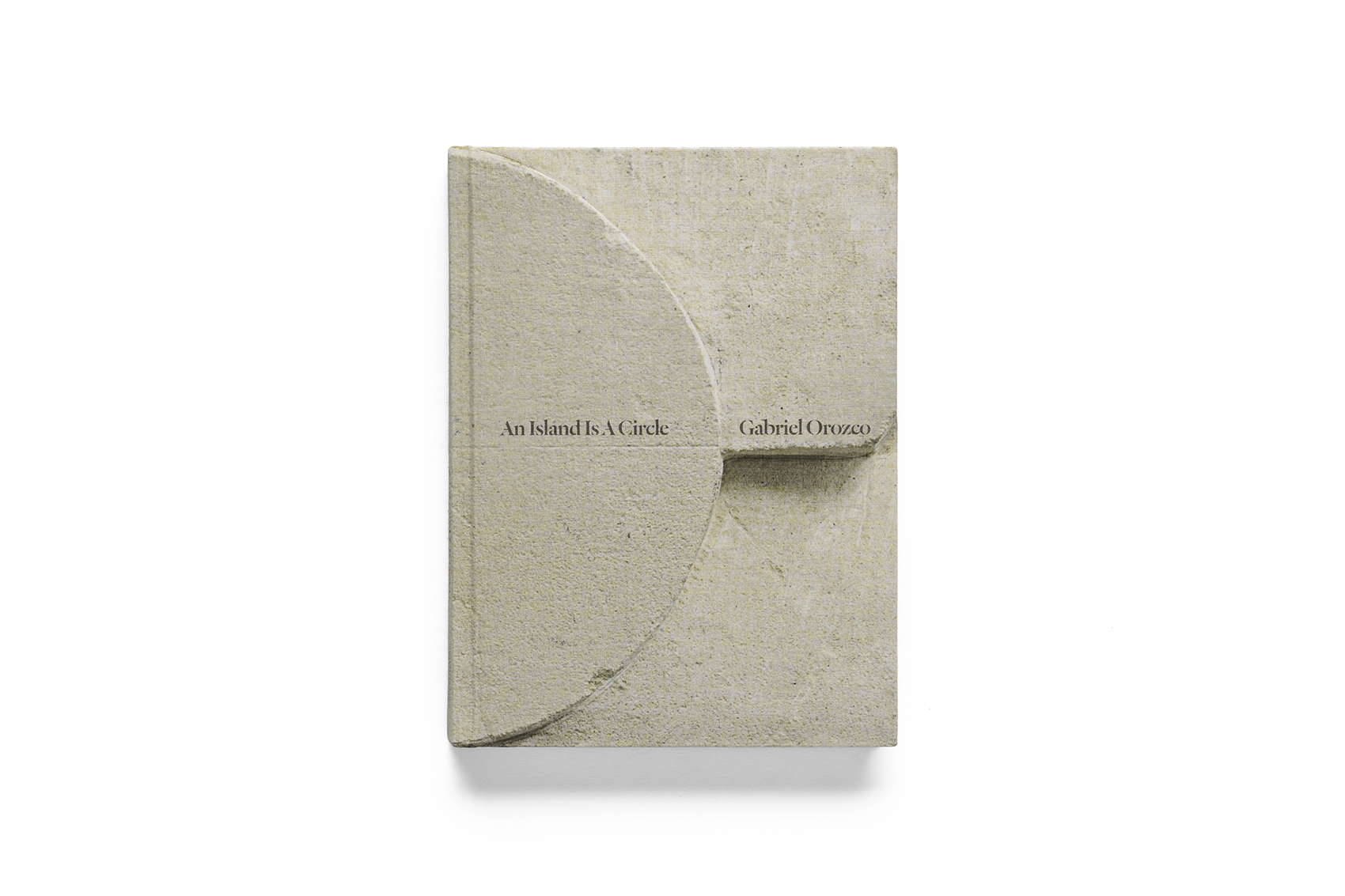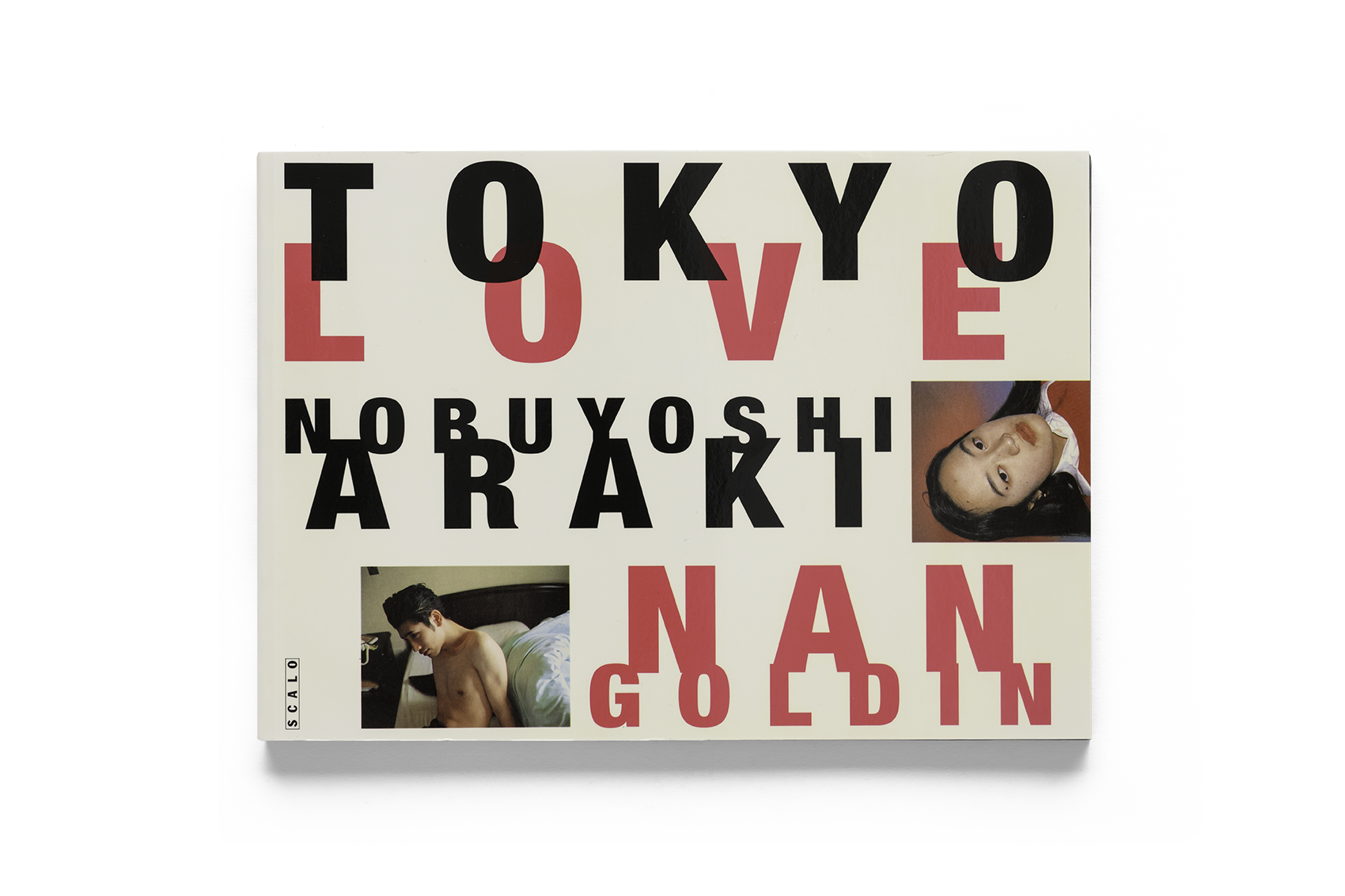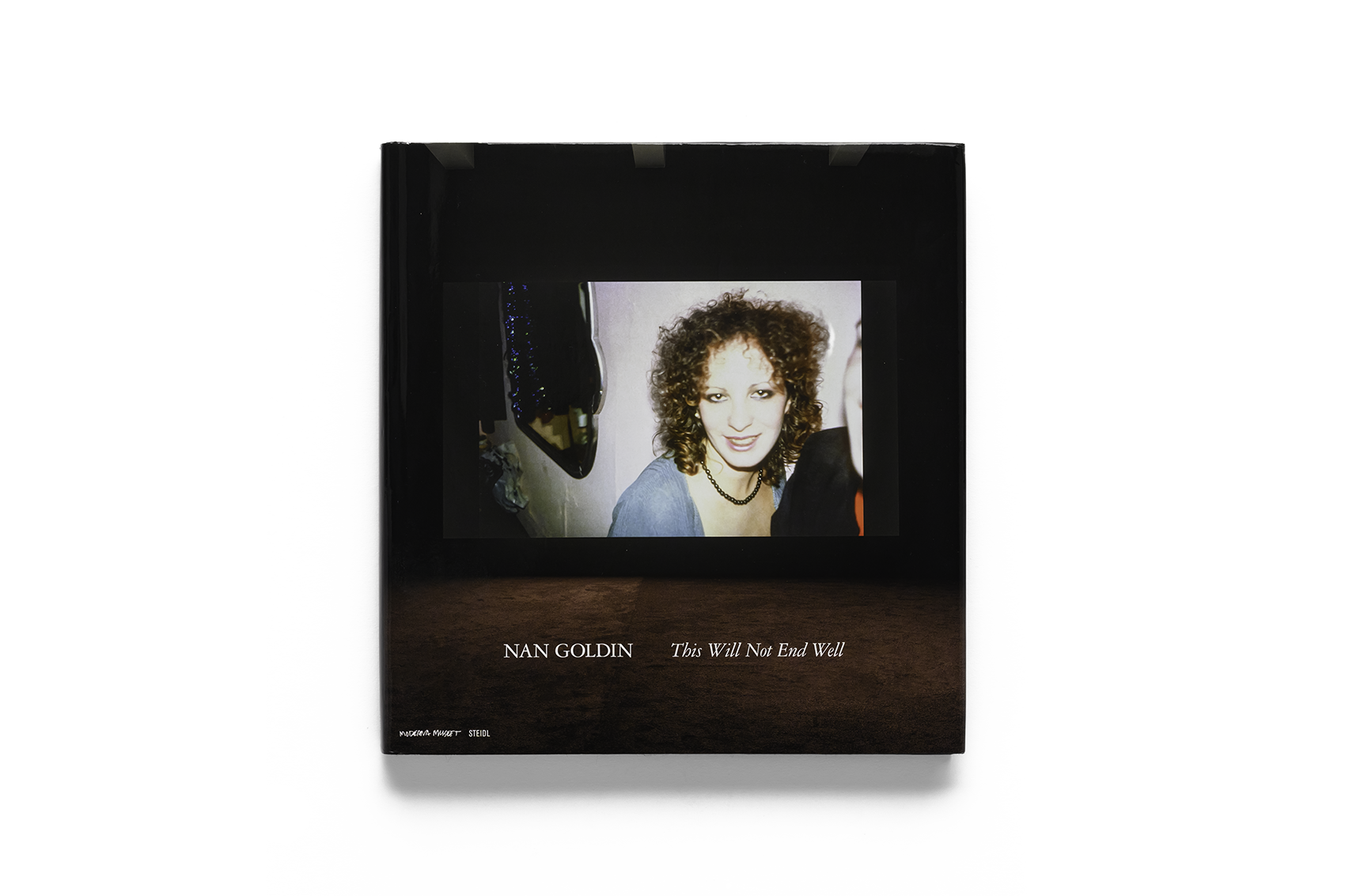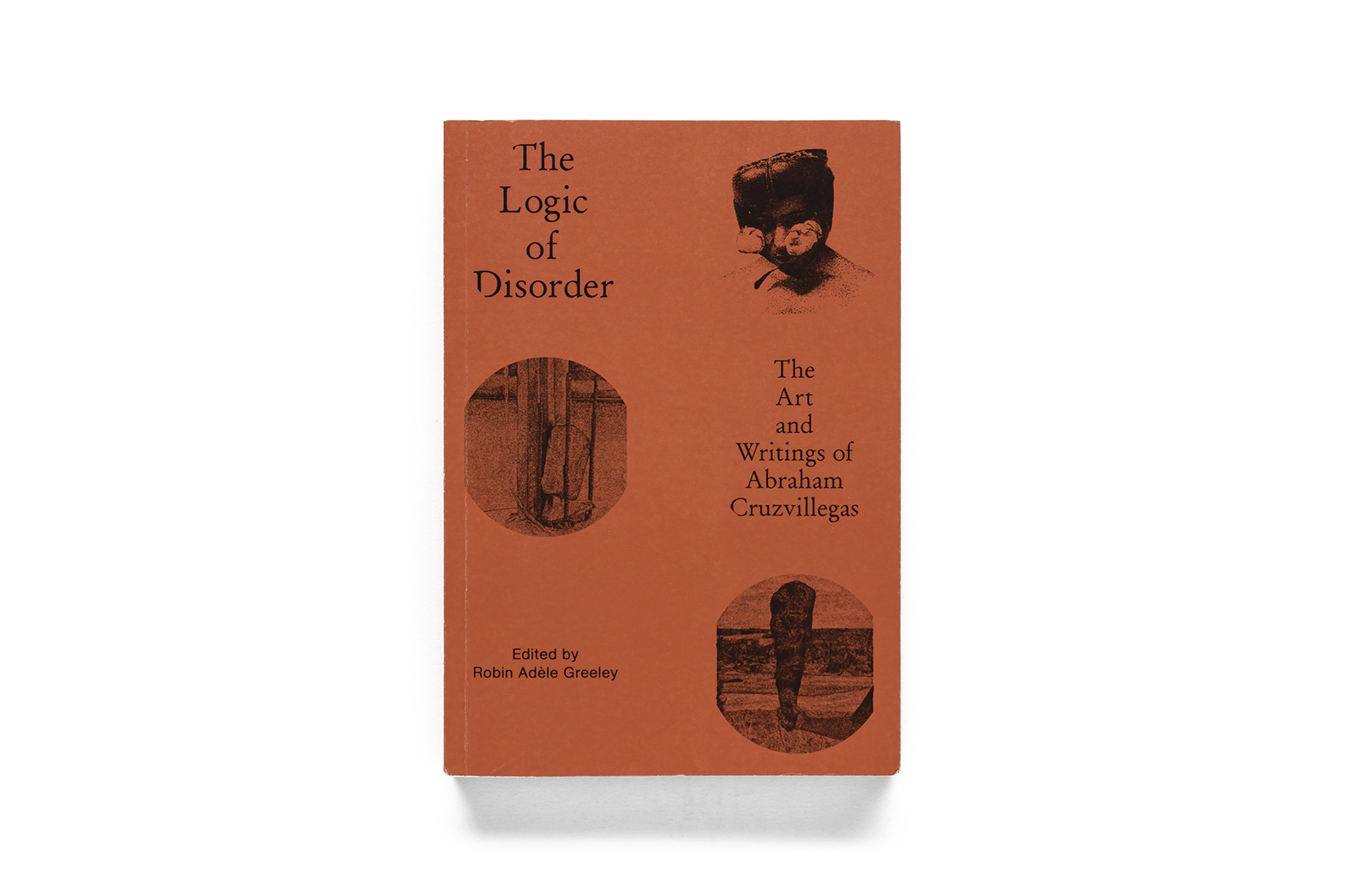
The Architectural Press, 1966
The New Brutalism: Ethic or Aesthetic?
The New Brutalism: Ethic or Aesthetic?

The Architectural Press, 1966
“’architecture, c’est, avec des matériaux bruts, établir des rapports émouvants.” - Le Corbusier, Vers une Architecture
The New Brutalism: Ethical or Aesthetic? published in 1966 by the British architectural critic and writer Reyner Banham (1922-1988) and published in 1955 in the Architectural Review (The Architectural Review(New Rudenism) published in the magazine (The New Brutalism) Continuation of the article. A genre of architecture that developed around the world in the 1960s, it defined the architectural work of Le Corbusier, Ludwig Mies van der Rohe, and Alison and Peter Smithson in the 1940s.
In 1955, an article entitled “New Crucialism”The New Brutalism) Articles named were published in Architectural Review (The Architectural Review) Written by the important British architectural critic and writer Reyner Banham, 1922-1988, it revealed and defined a material originally characterized by flat roofs, glass elevations, and exposed structures, which later surrounded the Swiss-French architect Kirby (Le Corbusier, 1887-1965) and An important development of post-war modern architecture by the likes of Alison and Peter Smithson, and British Neo-Humanism (The New Humanism's architectural route distinguishes — the latter using brick elevations, arches, pitched roofs, and small panes as design jargon. At the same time, Ban Nang discussed the two in the context of material processing, spatial layout, and technological change in the context of sociocultural alternatives, linking them to the tumultuous social (communal) -capitalist debate of the time.
11 years after the publication of this epoch-making article, Baan was able to refresh and compile the book—New Crucianism: Ethics or Aesthetics? , revisiting the flourishing New Ruggist architectural works around the world in the 1950s and 1960s and the task of architectural reform that they entailed. At the same time, the book can also be seen as an attempt to write the architectural genre in the manner of art history—just as the French poet and art critic Guillaume Apollinaire (1880-1918) wrote Les Peintres Cubistes, 1913, in general, documenting contemporary creative movements in the contemporary era And the cultural background of the great era. According to Bannable, the inventor of the term “New Ruggalism” should have been Hans Asplund, 1921-1994 — the son of the famous Swedish architect Gunnar Asplund, 1885-1940, whose work he famously collaborated with and was friends with the United Kingdom Inadvertently raised at the gathering, but unthinkable but aroused heated discussion in Britain on the waterfront, which was originally labeled as a Scandinavian style, was also translated into an ethical attitude towards architecture, Includes functions such as “honest” design principles for building materials, structures and structures, as well as social housing spaces related to social welfare issues such as the right of residence.
In addition to the works of the aforementioned architects, the American architect Louis I. Kahn (1901-1974), Paul Rudolph (1918-1997), the gallery (1953) and student dormitories (1962) designed respectively for Yale University, and the British architect James Stirling, 1918-1997, are included. several architectural projects by the Nordic architect Severre Fehn, 1924-2009), works by Sigurd Lewerentz (1885-1975) and others. Although limited to photography and printing techniques at the time, the book contains only black and white architectural photographs, its focus on architectural types and architectural details has become one of the important architectural databases, and with texts written by the class, make the book an unmissable classic in architectural history.



